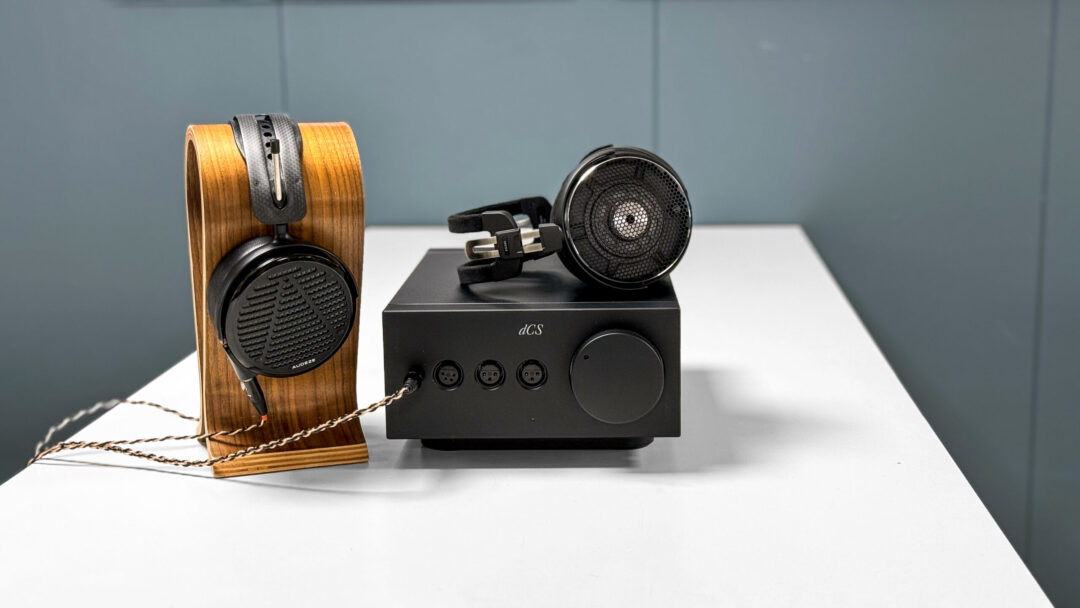Cambridge, England. Perhaps the world’s most famous university city, which has produced such great names as Charles Darwin, Robert Oppenheimer, Niels Bohr and Stephen Hawking. And where an apple is said to have fallen on Isaac Newton’s head, inspiring him to come up with his comprehensive theory of gravity. Unsurprisingly, Cambridge is also home to several British hi-fi manufacturers. Where innovation in fine electronics is very much on the agenda. One of these manufacturers is dCS, or Data Conversion Systems.
dCS is best known as the manufacturer of some of the best digital-to-analogue converters (DACs) and master clocks in the entire hi-fi industry. Recently, I nearly dropped my jaw several times over the new streamer DAC called the Lina Network DAC: “Music flows like clouds” and “…shivers down my spine” were some of the words of praise from this journalist.
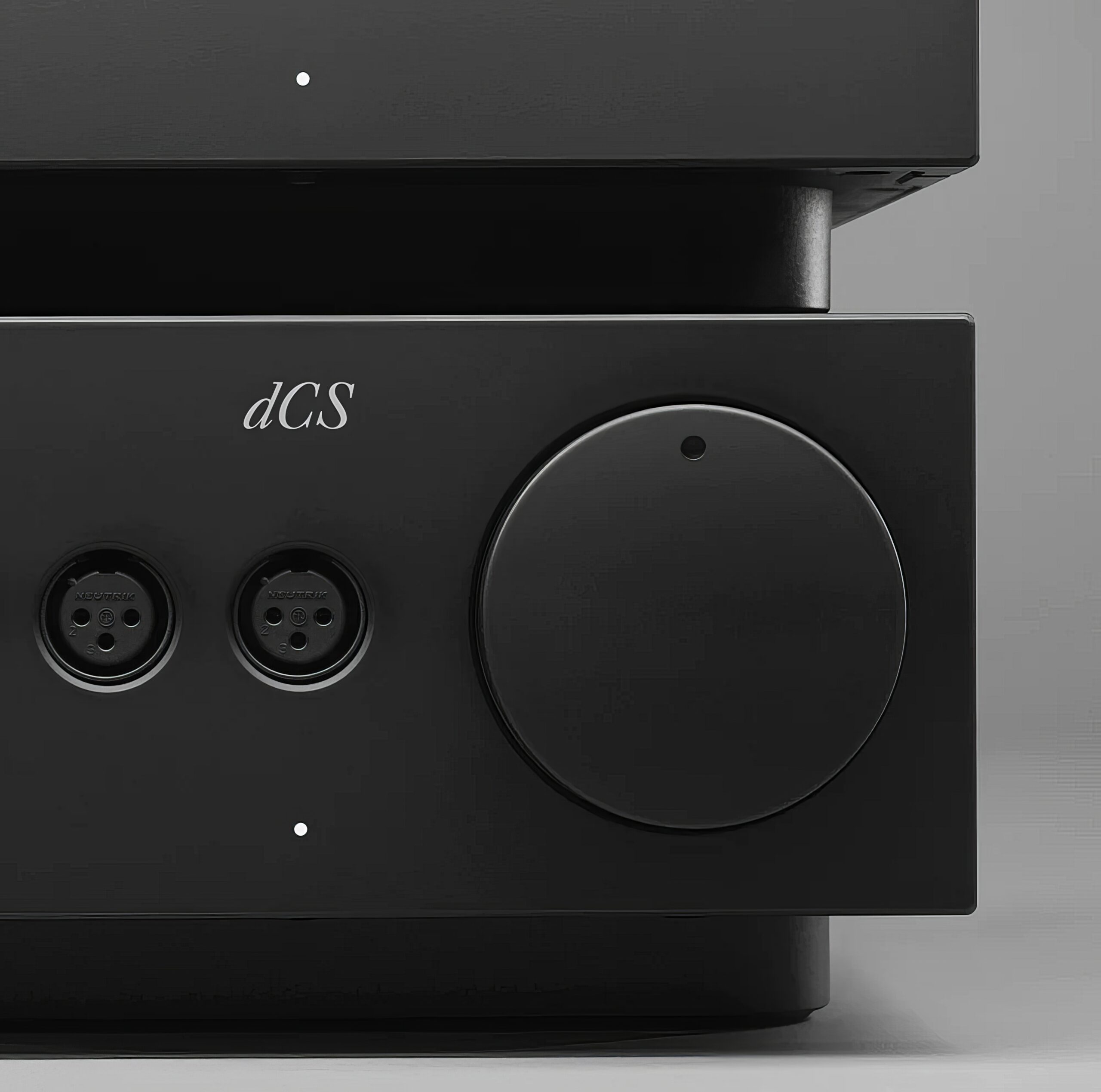
The belief in music
With the Lina series, the British manufacturer also entered the headphone market with its very first separate headphone amplifier: The fully analogue Lina Headphone Amplifier. With it, dCS promises a sound that is true to the music source and the music producer’s intentions. A phrase that has become somewhat watered down in recent years, as “everyone” now claims this. But when the headphone amplifier costs 12,000 euros, it has to deliver the goods!
Why so expensive?
The price tag seems absurdly high for a headphone amplifier. After all, it’s over ten times more than even the best premium models. But in the high-end world, it’s not about what makes sense – it’s about chasing your dream sound, no matter the expense. Perfection has no price limit. Every little improvement is worth every cent for the enthusiast with insatiable ears.
Most people who have heard headphones at their best will agree that direct-to-ear hi-fi can surpass what’s possible from even the best speakers you can dream of. Besides, there are far more expensive head-fi out there. There’s always the Sennheiser HE-1, a set of electrostatic headphones and DAC amplifier that costs several times more…
With the Lina Headphone Amplifier, dCS promises to take any pair of headphones to new heights. To realise their true potential and character. So maybe the price isn’t so crazy in that light. Maybe it’s just what it takes to give you rare music experiences you never knew were possible.
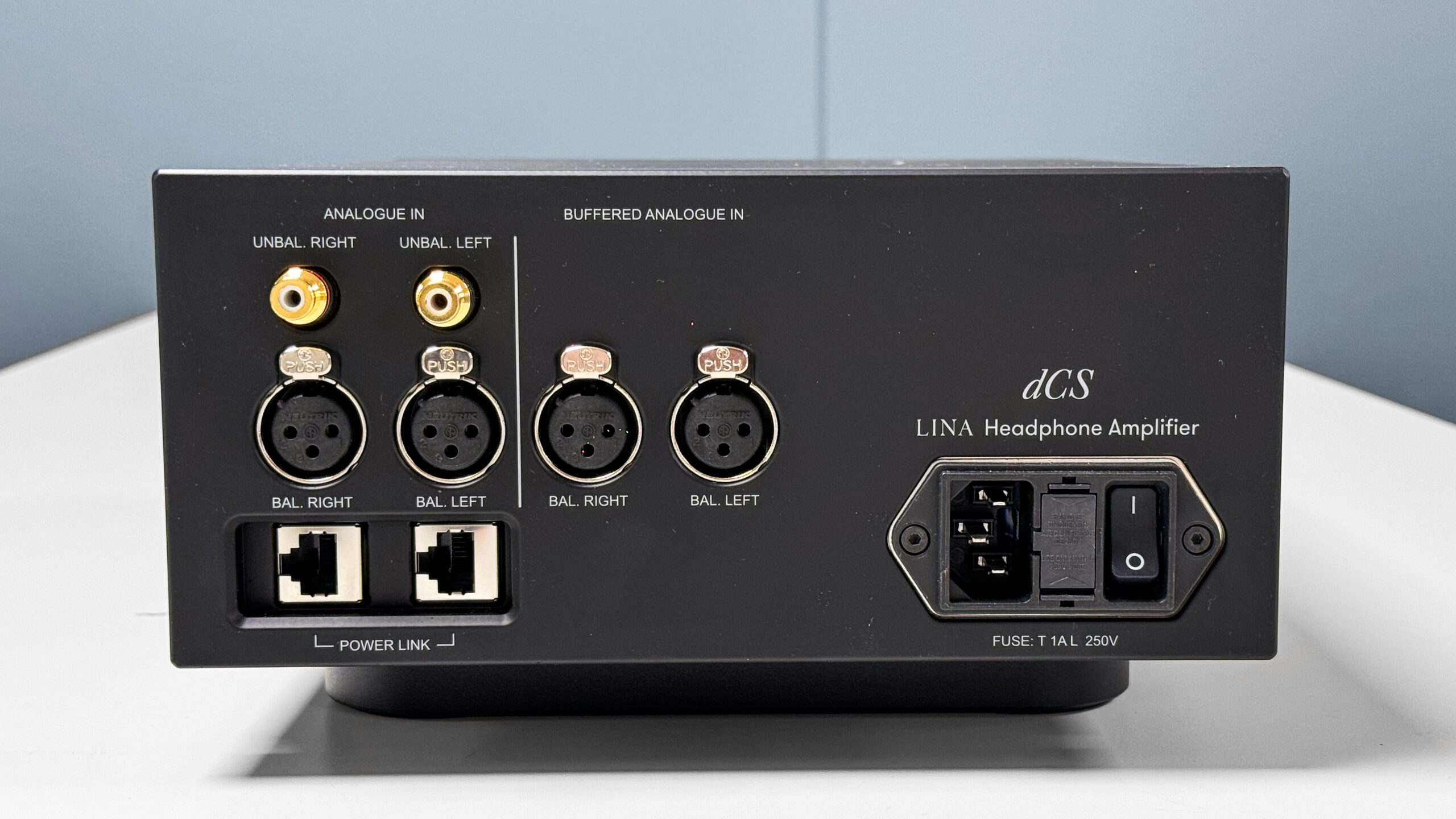
Minimalistic
The headphone amplifier is, like the other products in the Lina series, very solidly built. With a slim but sturdy aluminium cabinet, crafted using robotic automation. Which ensures total perfection in the carving. This is confirmed by the large volume wheel on the right, which has a perfect balance between firmness and manoeuvrability – and is completely free of wobble.
While the DAC has a range of adjustment options, you won’t find so much as a tone control on the headphone amplifier. Here, you simply plug in and turn up the volume. You can choose between high or low gain, but that’s where it stops. Then you just have to hope that the amplifier is a good match for your DAC. Not that it should be a problem.
Inputs
On the back, there is both a buffered and an unbuffered XLR input as well as an unbalanced RCA input. As a rule, you should use the unbuffered input, especially if the headphone amplifier is used with other Lina products. It provides the cleanest sound, but is best suited for audio sources with low output impedance. Sources with higher output impedance, such as 1 kohm, work better with the buffered input. Feel free to experiment, it’s not harmful to the system to use the “wrong” input.
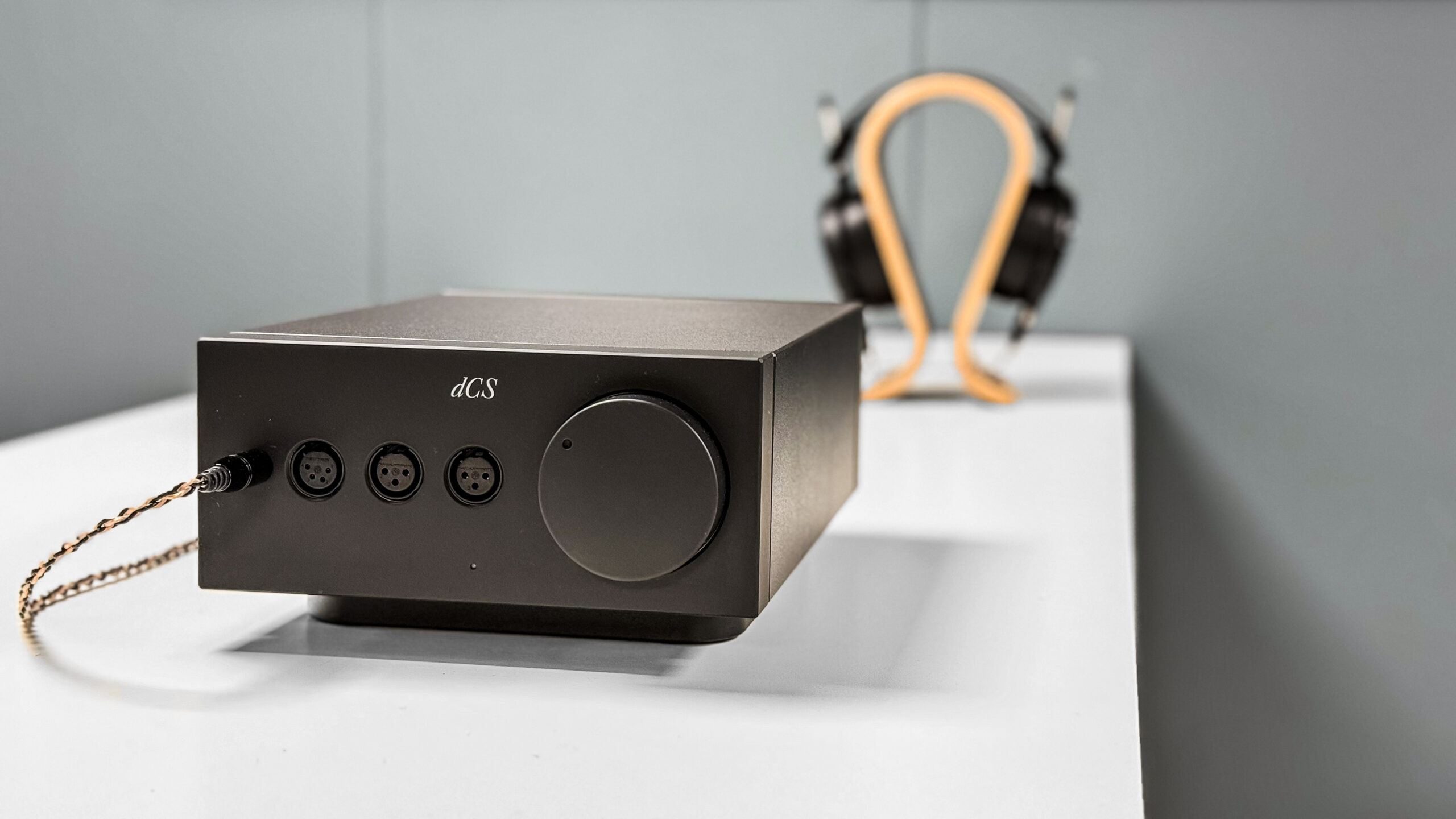
Super Class AB
dCS uses a proprietary technology called Super Class AB to combine the efficiency of Class AB with the purity of Class A. The output impedance is well below 1 ohm, providing a high damping factor whether you’re driving a pair of earbuds or demanding planar magnetic headphones.
Of course, dCS has also endeavoured to reduce distortion. Even with an output voltage of 6 volts – i.e. very loud sound – harmonic distortion is claimed to be just 0.005%.
For headphones only
The DCS Lina Headphone Amplifier has no line output to a power amplifier, unlike many other headphone amplifiers. Therefore, it cannot be used as a pre-amplifier, but is exclusively for headphones. The excuse is that the amplifier is intended for use with the Lina Network DAC, which can do the preamp job. True – but it adds significantly to the overall price.
On the other hand, there are three headphone outputs: an unbalanced 6.35 mm, a balanced 4-pin XLR and a balanced one with two 3-pin XLR connectors; one for the left and one for the right channel. I’d love to see a 3.5mm unbalanced and a 4.4mm balanced to complete the package, especially since dCS also markets the amp for IEMs (In-Ear Monitors).
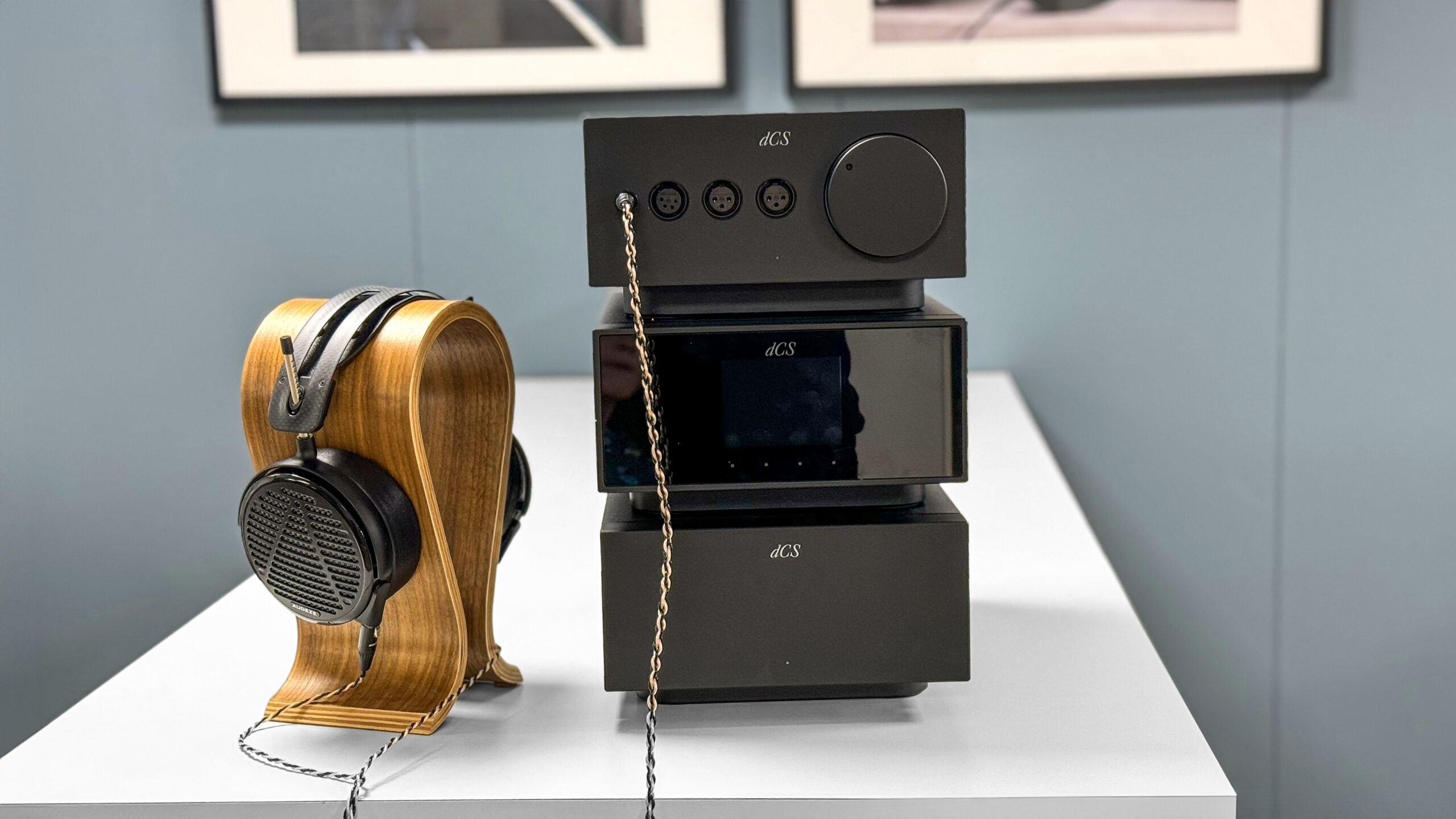
A plethora of details
It’s with a mixture of scepticism and awe that I plug in the headphones. With the Lina DAC and Master Clock in front, and with both downloaded and streamed music on the menu, it’s easy to close my eyes.
I discovered Lola Young by accident when Stream of Consciousness was playing on the radio late at night. Firstly, she proves that it’s possible to ‘sing rap’ without using autotune, and the dry but heavy drum rhythms over the mighty organ backdrop bring back memories of Bristol Sound giants Tricky, Massive Attack and Portishead from the 1990s. With the Audeze LCD-5 planar magnetic headphones connected to the Lina amplifier, it’s emphasised how great this song sounds at its best. The voice is crystal clear, imbued with the frustration of a young woman dreaming of order in her life. There’s dynamics, rhythm and detail – and the dCS amplifier brings out layers in the sound that I didn’t even realise were there.
Country and classical
The tender country ballad Dear Insecurity by Brandy Clark in duet with Brandi Carlile sounds fantastic through the dynamic Audio-Technica ATH-ADX5000. The two voices are playfully separated, even though they’re both in the same register. Each pedal wire between the piano notes emphasises the minor key, and when the strings come in, it’s almost unbearable.
The midrange is not as prominent in these headphones as it is in the LCD-5, but the amplifier’s qualities in the bass and overtone range come through loud and clear.
And classical music! Oh my goodness. Vivaldi’s Concerto for 3 violins (RV 551) centred around violinist Anne-Sophie Mutter sounds so real, so resolved and alive that I have to pinch myself to realise I’m not dreaming. I feel like I’m moving through what seems like an infinite number of layers of notes.
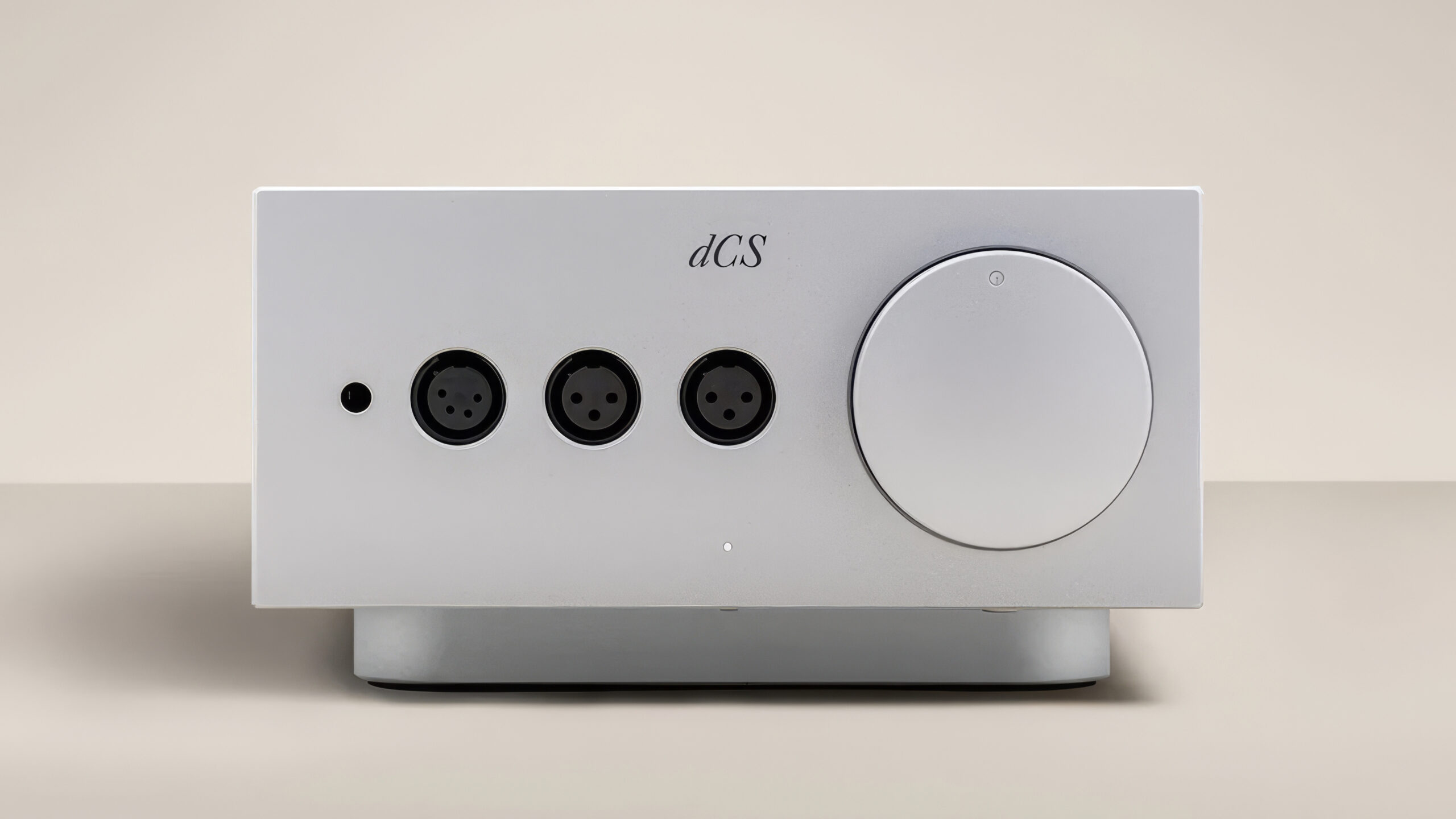
Heavy music
The amplifier does more than play nice and clean. Danish DJ Hedegaard gets the blood pumping with Ratchets with his heavy beats. Again, the sound is gigantic and transparent, but it also emphasises how powerful and hard-hitting the amplifier can be. Especially when I switch headphones to the closed and really bass-energetic Sony MDR-Z1R. The fact that the stated output power is not as high as, for example, the Burson Soloist 3X Grand Tourer, has little or no practical significance. The amplifier has more than enough power, and with the completely inaudible noise floor and extreme dynamics, the contrast between high and low is still much greater with the dCS. A rare amplifier that you owe it to yourself to hear.
Puts others in the shade
One of the amplifiers I use on a daily basis is the powerful Auralic Taurus. The Taurus sounds punchy and hard, but downright muddy compared to the dCS. And that’s not a description I would normally use for it. The Taurus is one of the best things ever made for under DKK 15,000, but here it is overshadowed.
The Burson Soloist 3X Grand Tourer is no match for it either. An excellent amplifier that has a high star rating with me, but it doesn’t bring out the room in the same way. I wish I had the T+A HA 200 for direct comparison, because it gave me many of the same aha moments as the dCS amplifier. Nevertheless, I have a strong feeling that it will also be parked. Strictly speaking, it should be, as the DAC is included in the price, which is almost half that of the dCS. If you add the Lina DAC, the price is suddenly three times as high as the T+A, and that’s before you add the external master clock. In other words, we’re in a different league in terms of price, but fortunately also in terms of quality.
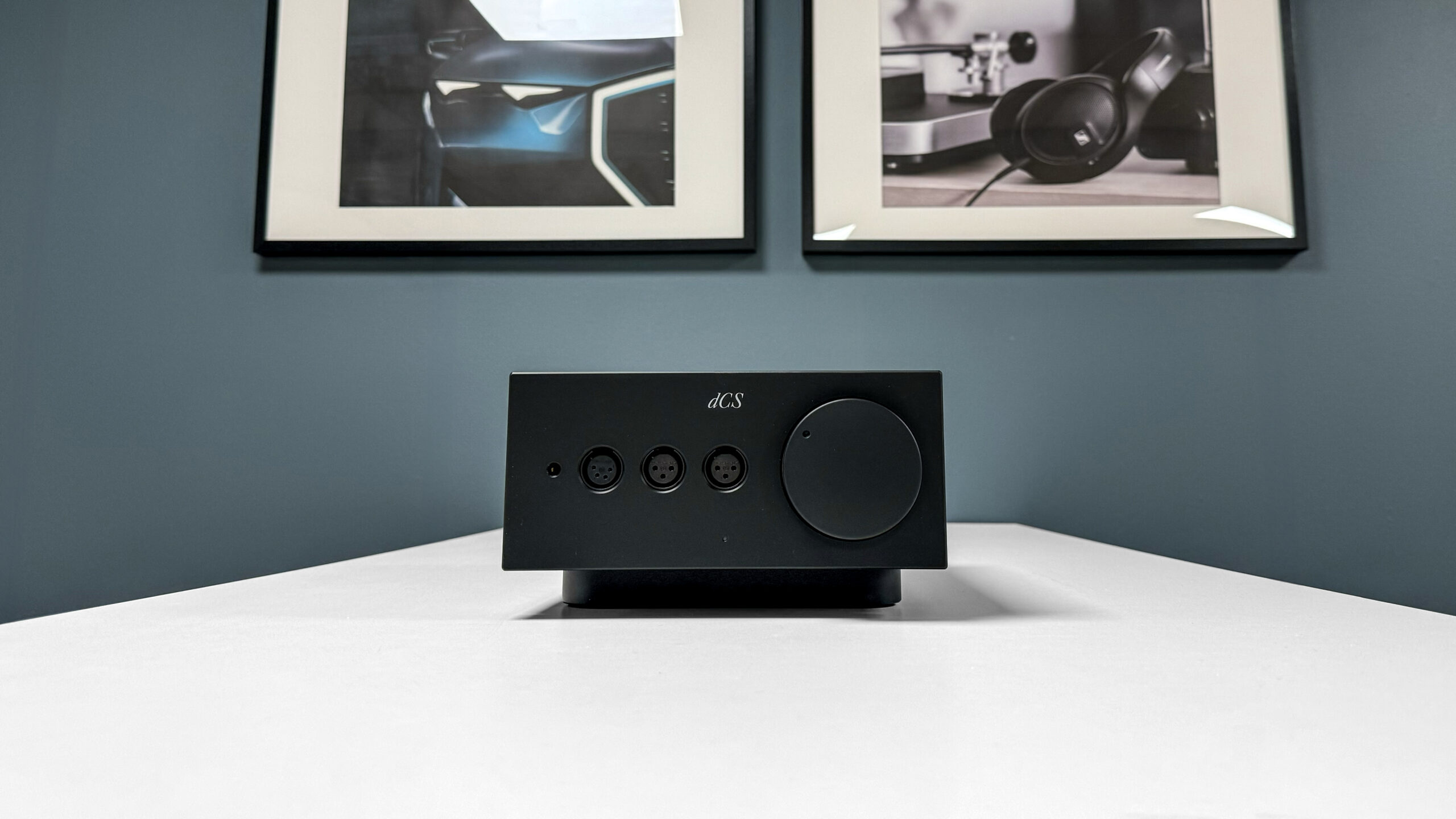
Conclusion
With their first standalone headphone amplifier, dCS proves that they have mastered far more than just DACs. The Lina Headphone Amplifier combines raw power with an unrivalled open and dynamic sound, free from any hint of harshness. The result is simply magical, with music flowing out of a huge soundstage full of detail. The amazing price is only surpassed by the even more extreme sound quality.
Expensive? Absolutely! But the enthusiast in me still says that the opportunity to travel into music and get closer to the dreams of Vivaldi and Mozart as no human ears have heard them before is worth every cent.

We think
Amazing dynamics, resolution and airiness in a class of its own. And such bass control! Eminent build quality. Is this the world's best headphone amplifier? No preamplifier or line output. No 3.5 mm unbalanced or 4.4 mm balanced output. It costs an incredible amount of money.
12000 €
Specifications
- Type: Headphone amplifier
- Output power: 2W (30 ohms, balanced), 0.48W (300 ohms, balanced)
- Inputs: 1 x RCA unbuffered 48 kOhm, 1 x XLR unbuffered 16 kOhm, 1 x XLR buffered 96 kOhm
- Outputs: 6.35 mm unbalanced jack, 4-pin XLR, dual 3-pin XLR (LR)
- Network: No
- Digital converter: No
- Streaming: No
- Colour: Black, Silver
- Other: Automatic voltage regulator
- Web: lina.dcsaudio.com
